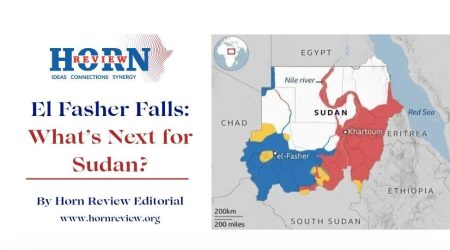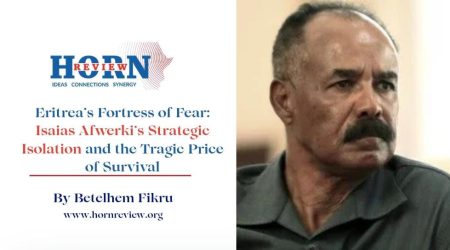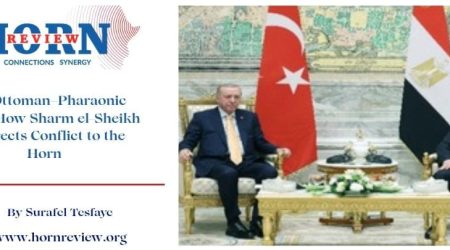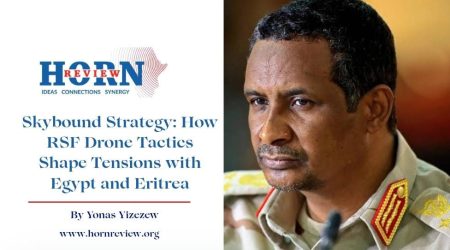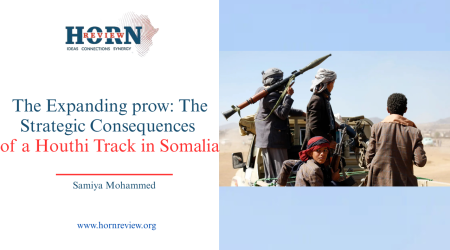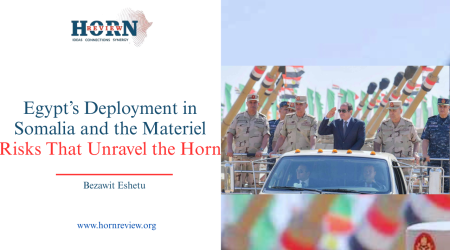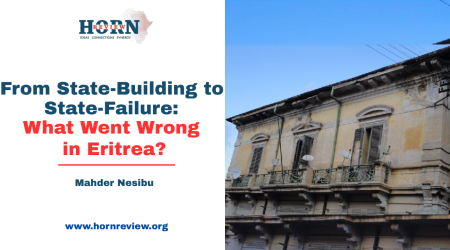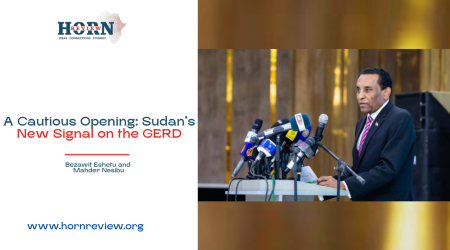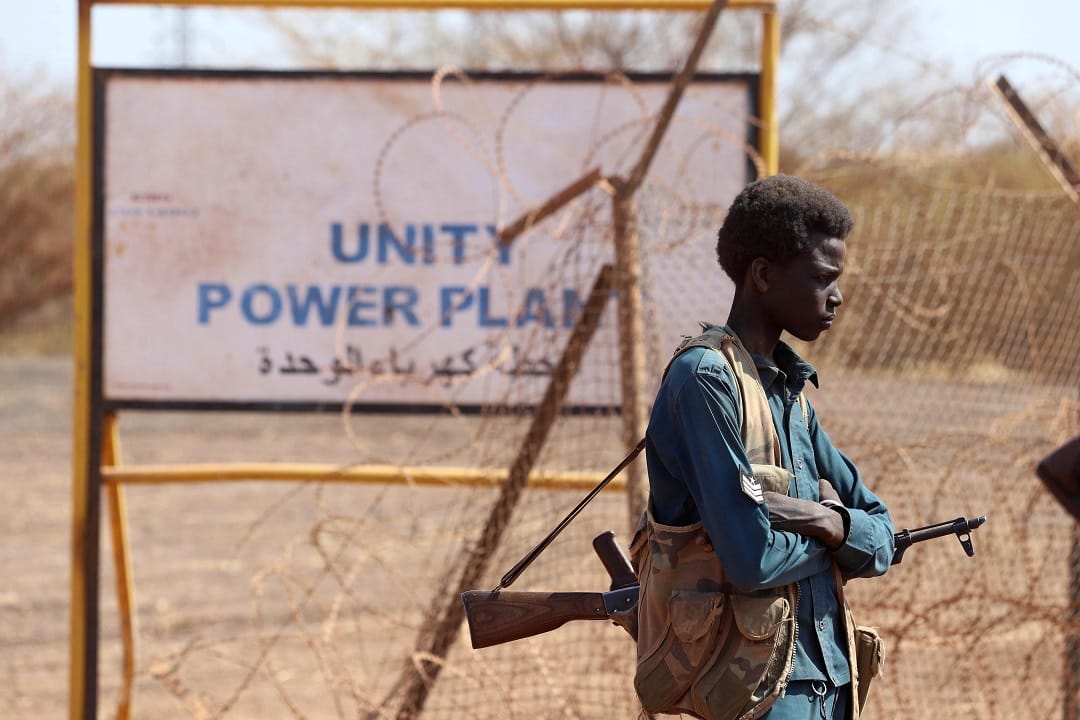
1
Apr
South Sudan’s Fragile Peace: Ethnic Tensions, Renewed Violence, and Regional Implications
Since achieving independence in 2011, South Sudan has faced the challenges of civil war and entrenched ethnic tensions, which have repeatedly threatened to destabilize the nation. The civil war lasted from 2013 to 2018 and left a lasting impact on the country’s underdeveloped state infrastructure and institutional systems. Despite the 2018 peace agreement, which aimed to promote power-sharing and transparent resource management, recent developments indicate that enduring peace remains out of reach.
The core of South Sudan’s conflict is a fierce rivalry between its two main ethnic groups. The civil war was sparked by tensions between the Dinka, led by President Salva Kiir, and the Nuer, historically represented by figures like Vice President Riek Machar. The deep-rooted grievances and distrust between these communities, which make up approximately 35% and 15% of the population, respectively, have been exacerbated by long-standing disputes over land, power, and identity. Events such as the 2013 Nuer massacre and the 2014 Bentiu massacre starkly highlight the brutality and lasting trauma caused by this ethnic hostility.
A paradoxical aspect of the conflict is the role of South Sudan’s plentiful oil resources. Initially seen as a source of hope for the young nation, oil quickly became a contested asset. During the civil war, control over oil revenues was crucial for funding both the government and the warring factions. The disruption of oil production not only stalled economic development but also worsened the humanitarian crisis, pushing millions into poverty and pushing a large portion of the South Sudanese Population into poverty.
In an attempt to stop the violence, regional neighbours like Ethiopia, along with the international community, encouraged South Sudan’s leaders to peace talks. This led to the signing of the Revitalized Agreement on the Resolution of the Conflict in the Republic of South Sudan (R-ARCSS) in 2018. The agreement aimed to redistribute power among rival factions, create a transparent framework for managing oil revenues, and outline a roadmap that included forming a unity government, establishing a permanent ceasefire, initiating disarmament efforts, and scheduling elections—although the latter were postponed twice.
Despite these ambitious goals, the implementation of the peace deal has faced numerous obstacles. Seven years later, crucial measures such as the disarmament, demobilization, and reintegration (DDR) of combatants have made little progress. Ongoing delays in forming a unity government and persistent mistrust among factions have further weakened the agreement, leaving the peace deal as fragile as the nation’s sociopolitical fabric. Each setback increases domestic instability and raises the risk of the conflict reigniting on a larger scale.
The situation in South Sudan has become increasingly concerning in recent months. A series of escalating incidents has seen President Salva Kiir and his forces targeting senior officials linked to Riek Machar. On March 5, prominent figures like Petroleum Minister Puot Kang Chol and Deputy Army Chief General Gabriel Duop Lam were detained amid rising tensions. This followed a violent confrontation on March 4, 2025, when the White Army—a militia primarily composed of members from the Nuer community and closely associated with Machar—overran a government base in Nasir. The attack prompted swift retaliatory airstrikes, with reports of civilian casualties, further exacerbating the animosity between the factions.
The most alarming event occurred on March 8, 2025, when a UN helicopter evacuating soldiers from Nasir was attacked. This assault resulted in the deaths of a South Sudanese general and a UN crew member, raising serious concerns about the safety of peacekeeping operations. The targeting of a UN asset highlights the deepening crisis in South Sudan—a crisis with implications that extend beyond its borders.
The renewed instability in South Sudan poses a significant threat not only to its internal peace but also to the stability of its neighbouring countries. During the previous civil war, Ethiopia became a refuge for South Sudanese refugees, putting immense pressure on its resources and border security. With the resurgence of violence, there is a real risk that Ethiopia could once again face an influx of refugees, worsening its existing challenges. Sudan, still entrenched in its own civil war, finds itself in an increasingly precarious situation. The instability in South Sudan increases the risk of cross-border violence, potentially igniting further conflict in an already volatile region.
In Uganda, the regional dimension of the conflict is underscored by its recent deployment of forces to Juba on March 11 to support President Salva Kiir. Uganda has long played a significant role in South Sudan’s affairs, dating back to the struggle for independence. However, such direct military involvement risks deepening the conflict rather than alleviating it, highlighting the complex and often perilous nature of regional interventions.
South Sudan’s tumultuous past—characterized by ethnic conflicts, disputed oil resources, and repeated setbacks in achieving lasting peace—highlights the significant obstacles the country faces. The 2018 peace agreement, while ambitious, is showing its fragility due to entrenched distrust and intermittent violence. With key figures detained, militias in conflict, and even United Nations peacekeepers under attack, the journey toward a stable and unified nation seems increasingly challenging. Amidst the deteriorating situation, the international community and neighbouring nations should continue to push for renewed dialogue and de-escalation. Furthermore, regional cooperation—if adjusted to address the complex dimensions of the conflict—could act as a safeguard against the spillover effects that threaten the broader region.
By Mahder Nesibu,Researcher,Horn Review

